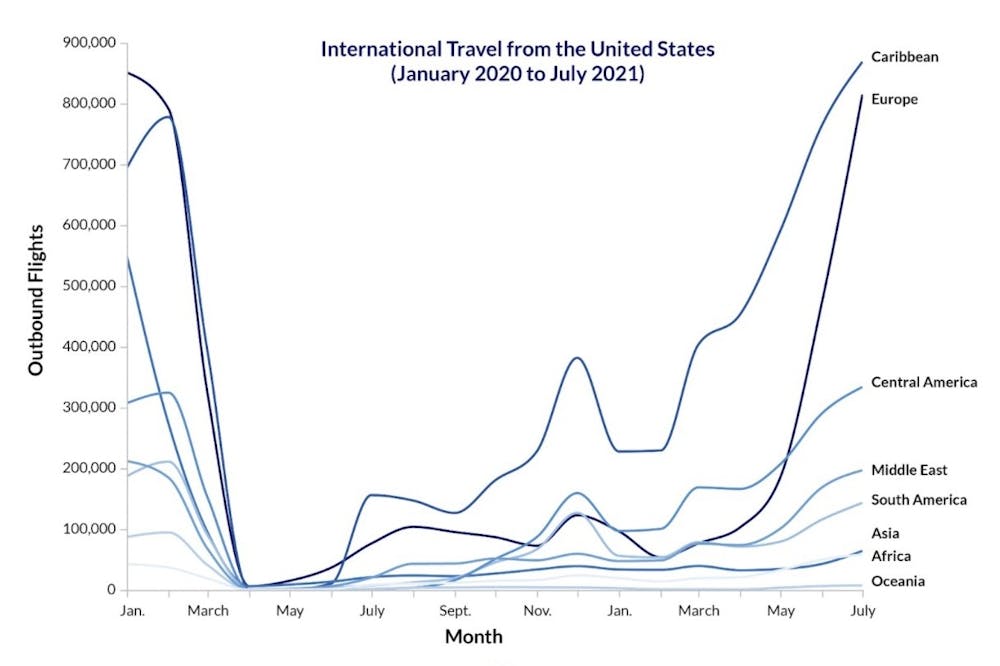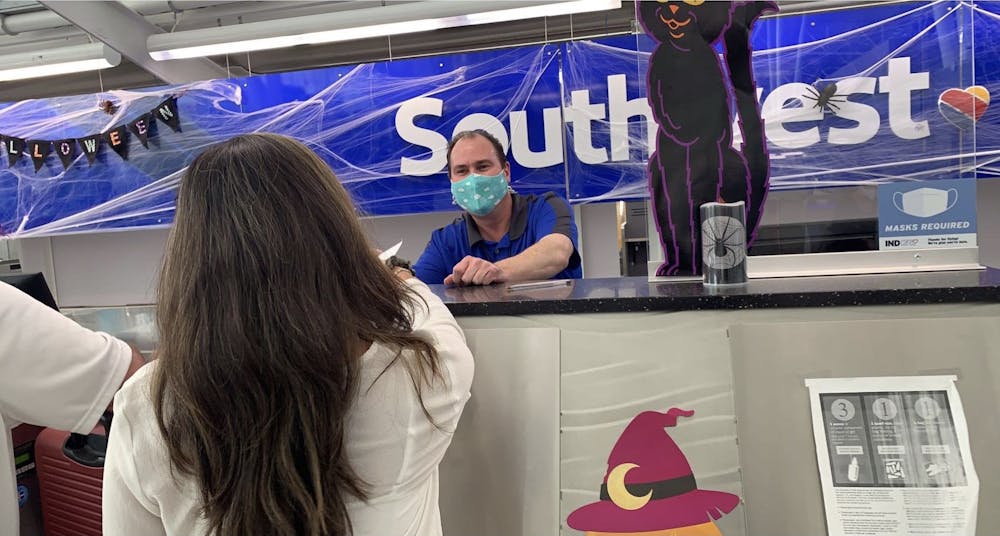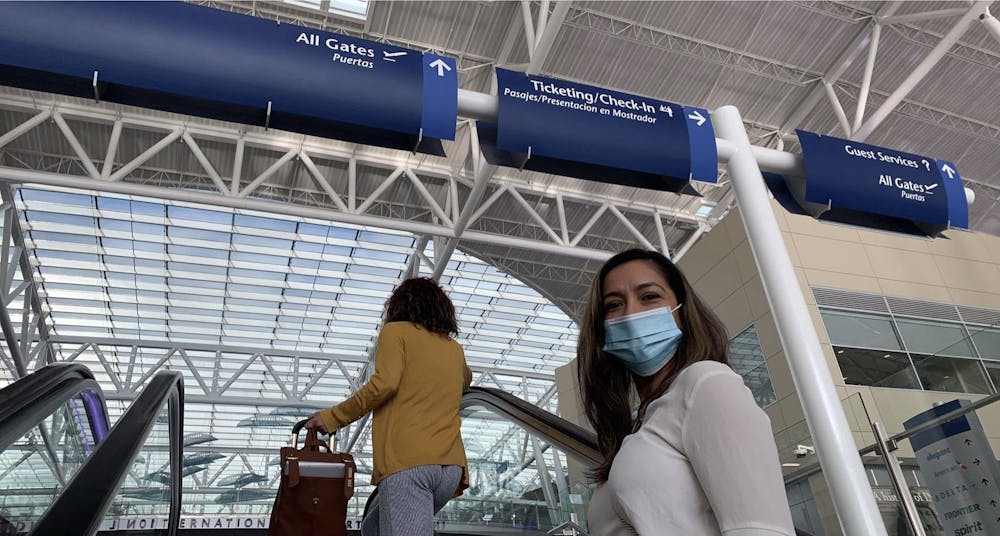From masks to vaccines to social distancing, the novel coronavirus changed the world in unimaginable ways. One of the most impacted industries was the travel industry.
For many, the time when airports were packed full of people at almost any hour of the day seems like hundreds of years ago. Since the arrival of COVID-19 and its many variants; however, those who enter airports might see a different picture: closed restaurants and shops, markings on the ground to figure out where six feet apart is, less staff, among other things.
People working in the travel industry were some of the first groups of people to experience rising unemployment rates. The International Monetary Fund estimates over 100 million jobs in the travel industry were put at risk as a result of the pandemic.
Another result of the pandemic was a restriction on international travel for a period of time. This travel blockade caused an extreme loss of profit for the industry. According to the US Travel Association, travel spending in 2020 declined by 42 percent, a figure which totals close to 500 billion dollars.

Image from International Travel Administration
So who is still traveling and where are they going? According to the International Trade Administration, both the volume of international arrivals to the United States and international departures from the United States are on a steady increase. One traveler departing from the country was Maggie Hartill, an Indianapolis waitress and real estate agent.

Clouds loom over the Indianapolis International Airport. This is the view those traveling get as they pull up to the departures area. (Evan Chandler/ Ball Bearings Magazine)
“We started out traveling around the United States, to cities like Nashville and Atlanta,” Maggie says, “Then we went to three countries in Europe: Greece, Germany and Italy.”
Maggie went with her daughter on this international adventure in July of this year. At the recommendation of Maggie’s boss, a native of Greece, they spent most of their time in her home country. COVID cases in Greece reached their highest peak since April 2021 during their stay, but, despite these statistics, Maggie claims her trip was not severely affected.
“It was a little bit different, but still enjoyable,” she describes. “We just had to wear our masks. I wasn’t worried about COVID, I already got my vaccine and was feeling perfectly healthy.”
Despite the many restrictions and safety measures put in place, Maggie was still able to do a lot of activities during her vacation.
“We had a lot of fun. The food was amazing, we got to visit a lot of churches, museums, beaches and stores,” she recalls. “The people were really nice, both the hotel staff and the locals on the street.”
The use of masks and getting the vaccine are just a few of the steps the CDC recommends for traveling both internationally and domestically. Other recommendations include regular hand-washing and social distancing. For international travelers returning to the United States, a negative COVID test is required as well, regardless of your vaccine status.

Maggie Hartill receives a boarding pass from a worker at the Indianapolis International Airport. Maggie has traveled internationally three times in the past four years. (Evan Chandler/ Ball Bearings Magazine)
Maggie’s advice for those traveling during the pandemic was this:
“Don’t worry too much. If we follow the Health Department’s instructions, we can still go on fun trips,” she says. “We have to make our lives as normal as we can, just with a little more caution.”
Pandemic permitting, students at Ball State will also have the opportunity to travel this summer through study abroad programs, most of them being sponsored by the Kentucky Institute of International Studies. Chin-Sook Pak, a professor at Ball State, is teaching courses in Spain. Students will have the chance to live with native families for a month and take classes for credit during their stay if desired. The program, if all goes according to plan, will start in late June of 2022.
“At this point, we are hoping for the best,” Pak says. “Ball State only allows travel to those countries that have level one or level two, and right now most of the world is level three or level four.”
These levels refer to the State Department’s determined risk factor of the virus. For Pak, ensuring future travel is possible is as simple as remembering some simple facts regarding the spread of the disease.
“One thing about COVID is that it connects us globally,” she says, “However, not every citizen is as supportive of finding the measures for [travel] to work. We are lucky to be in such a privileged position, but if one country suffers, we will all suffer. So we have to remember that and be responsible.”
Sources: International Monetary Fund, U.S. Travel Association, International Trade Administration, International Trade Administration, Github, CDC, Kentucky Institute of International Studies, Prevent Epidemics
Images: International Trade Administration, Evan Chandler
Featured Image: Evan Chandler
For more magazine related content, visit us at Ball Bearings Magazine!





